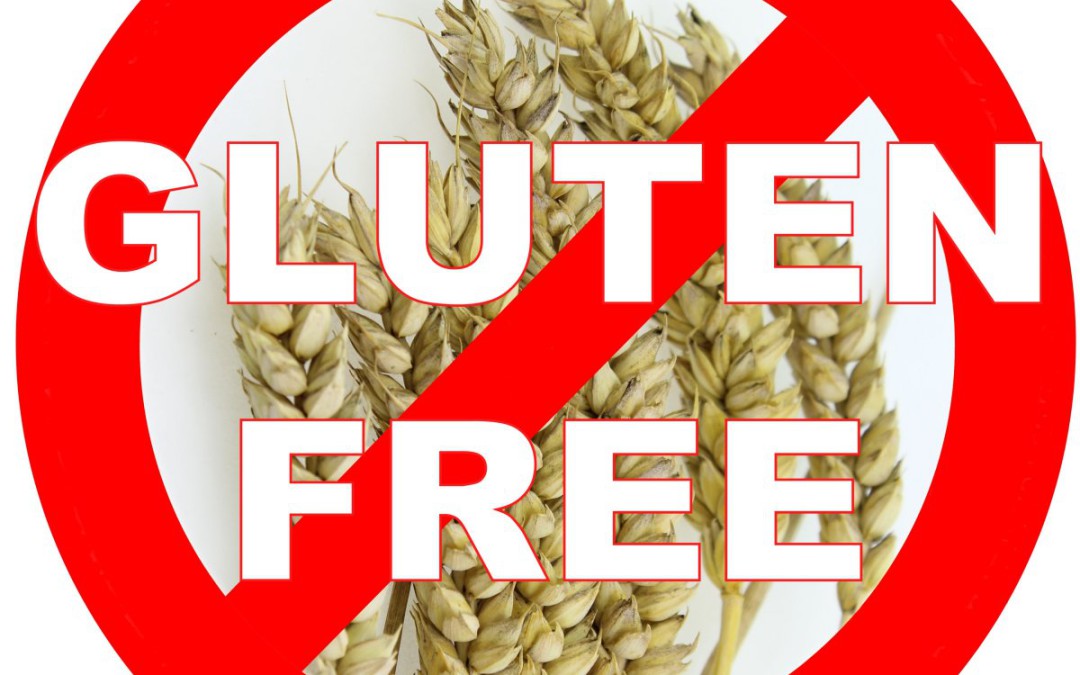What is a gluten related disorder?
Gluten related disorder encompases all diseases triggered by gluten including celiac disease, non-celiac gluten sensitivity, gluten ataxia, dermatitis herpetiformis and wheat allergy. Gluten is the substance that gives dough its elasticity, helping it rise and keep its shape. It is one of the top eight food allergens in the United States. Many foods contain wheat such as beer, soy sauce, ketchup and bread.
Symptoms
Typically, someone with a wheat allergy will develop symptoms anytime between a few minutes and hours of eating something containing wheat. Symptoms include:
- Swelling, itching or irritation of the mouth or throat
- Nasal congestion
- Hives, itchy rash or swelling of the skin
- Headache
- Itchy, watery eyes
- Difficulty breathing
- Cramps, nausea or vomiting
- Diarrhea
- Anaphylaxis
Getting tested
Skin test: Tiny drops of purified wheat protein extracts are placed onto your skin, either on your forearm or upper back. After 15 minutes your doctor will check for signs of an allergic reaction.
Blood test: A blood test will usually only occur if a skin test can’t be done because of a skin conditions or medications that you’re taking. The blood test will screen for specific allergy-causing antibodies to common allergens, including wheat proteins.
Food diary: Sometimes, your doctor will ask you to keep a detailed journal of the foods that you are eating each day and to record when you experience symptoms.
Elimination diet: One way to test if you have a gluten allergy is by removing certain foods from your diet. Per your doctor’s direction you will remove certain foods from your diet and gradually add foods back, noting when symptoms return.
Food challenge testing: While being monitored for allergy symptoms, you will eat doses of food suspected of being the allergy-causing agent.
A gluten free diet
Once you have been diagnosed with a gluten allergy you will have to limit or completely cut out your exposure to it, depending on how severe your allergy is.
Keep others informed: Make sure that your family and friends know you are gluten free so they don’t accidently serve you something that you can’t eat.
Wear a bracelet: A medical identification bracelet describes your allergy in case you need emergency care and cannot communicate.
Always read labels: Before buying or eating something make sure you read the ingredient list. Never trust that a product is wheat free until you read the label.
Buy a wheat-free cookbook: Being allergic to wheat will probably mean that you will have to adjust your diet. A wheat-free cookbook is the perfect way to start helping you cook foods that are delicious and safe for you to eat.
Be cautious when you dine out: Be sure to tell your waiter/waitress about your allergy so they can relay that information to the chef. It’s important to do your research so you know what foods, like soy sauce, contain wheat that you wouldn’t necessarily think do.
Having a wheat allergy may seem like the end of the world but it definitely isn’t. Currently, many places are making gluten free options as wheat allergies are becoming more and more prevalent. Always be sure to know what you’re eating and just be cautious.

